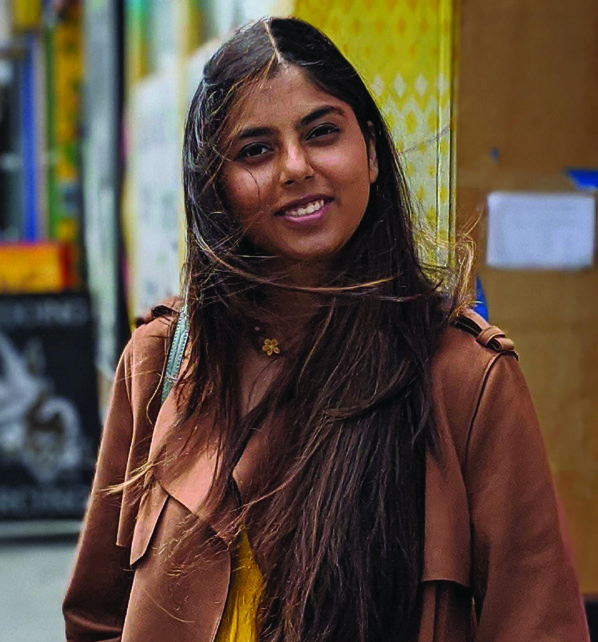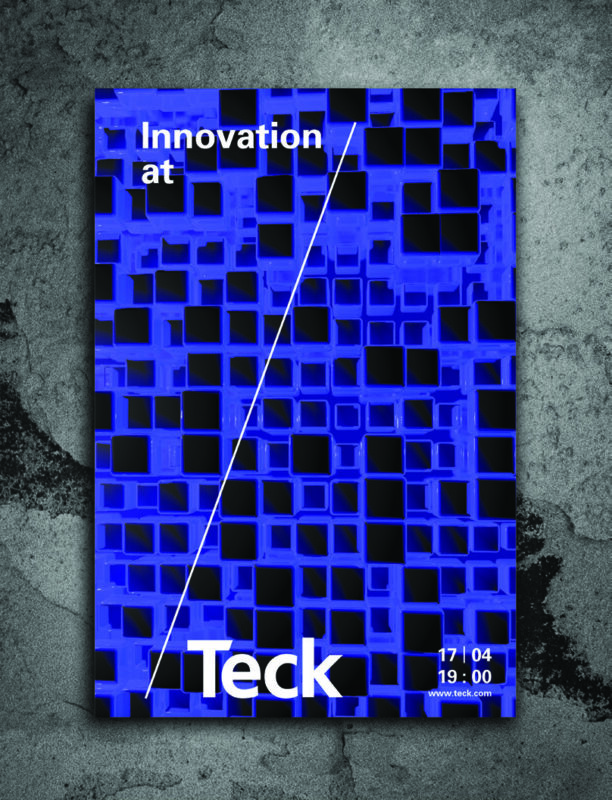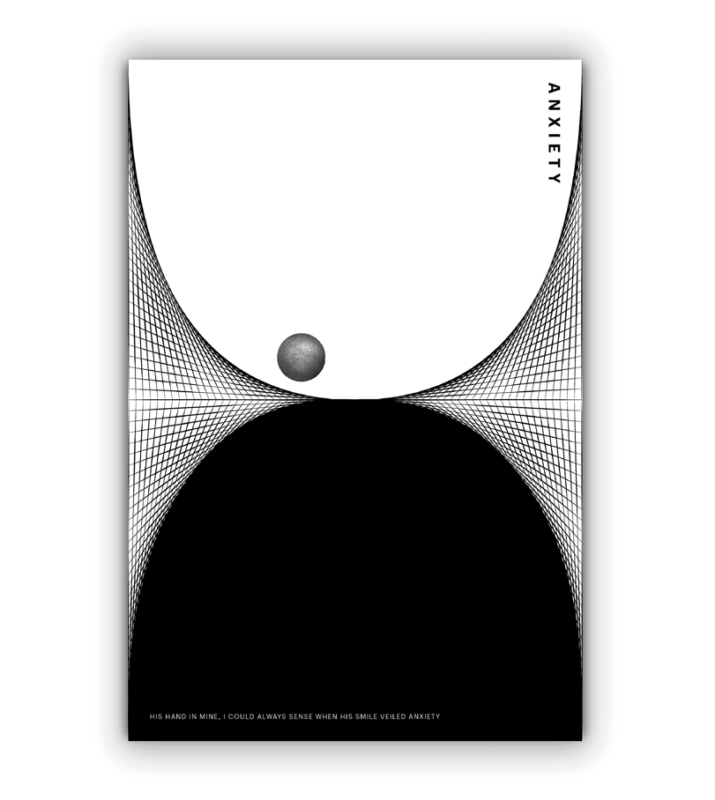ISSUE: 141

Sumangla Bishnoi hopes to extend the boundaries of traditional visual design through her unique style
What was the most challenging brief you’ve worked on?
SB: Wanda 3.0 came my way when Landor wanted to host a one-night experimental event that celebrates wonder. We had no brief and the world was our canvas. All the designers had to come up with unique directions for the theme. Since we had a tight deadline and limited scope of marketing, I suggested the theme ‘Surprise’. Luckily, my direction was picked and so I became the design lead for that event. It was a social open-to-all event and I decided to make it interactive. At that time I was introduced to Cinema 4D, so I was super excited to explore. I collaborated with an engineer friend and designed AR postcards for takeaways. I branded the whole event in C4D. Later we bagged a lot of national and international awards for it, including Graphis Platinum and GDUSA. This has been one of the biggest achievement projects in my design career.

How do you build professional boundaries when working on multiple freelance projects?
SB: When I first started as a contractor, I was accustomed to saying yes to pretty much everything that came my way. Now, after having grown my network and clientele within the design industry, I try to be more tuned in to my time. Lately, I have been saying ‘no’ more often to projects that do not align the maximum amount with my interests, even for large name clients. That’s not a simple thing to try to do, but acting on something you do not enjoy, and with tight deadlines, would take a toll on your mental state. To maintain a healthy work-life balance I also attempt to limit myself to a maximum of two to three projects. I have been lucky in the sense that, more often than not, clients approach me for my skills in areas that they know I’m addicted to since they will see a number of them in my portfolio, and that is always a pleasure!

How crucial is it for a designer to find a niche?
SB: When I started as a designer, I was primarily working with still graphics. That often led me to feel restricted in my approach towards finding design solutions. I prefer being multi-disciplinary over finding a niche. This approach allows me to look at a problem from different angles. I also believe in putting dynamism and multi-dimensionality in my designs through different types of software, while trying to stay flexible to fulfill the vision of a client. I love learning new stuff from different tutorials and keep myself updated and open-minded.

life
Purchase Designindia 132 here. Read the digital copy of Designindia on Magzter, or POOL App which you can download from AppStore, Google Play.

